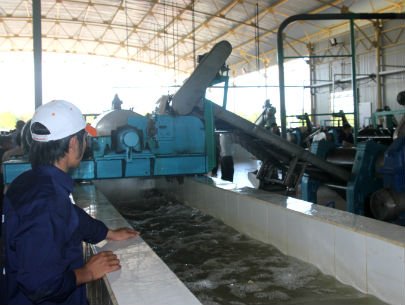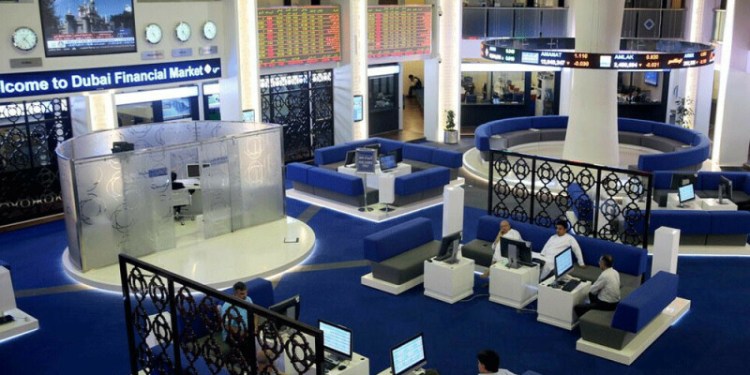The sharp fall of the natural rubber price in the world market in the first nine months of the year has distressed Vietnamese rubber companies. However, the price decrease has brought benefits to tire manufacturers.

According to the General Statistics Office, Vietnam exported $257 million worth of rubber in September 2013 at the low average export price of $2,245 per ton. A report by the Ministry of Industry and Trade pointed out that rubber was the export item which saw the sharpest price decrease – 17 percent, which has led to the considerable decrease in the export turnover.
The rubber price decreases have been attributed to the weaker demand from the US and Europe, which still has not shown clear signs of recovery. Meanwhile, the inventories in China, the biggest rubber consumer, remain high.
The low exports have immediately affected the operation of natural rubber companies. All the four listed rubber companies have reported that their profits were lower than the same period of the last year.
Being one of the 50 best listed companies listed by Forbes Vietnam, the Dong Phu Rubber JSC (DPR), has also suffered from the price decreases. The company got the turnover of VND750 billion and the pretax profit of VND260 billion in the first nine months of the year, which represent the 21 percent and 33 percent decreases, respectively, in comparison with the same period of the last year.
DPR’s average export price in the first nine months of 2013 was VND55 million, or VND8 million lower than the previous year’s level.
Phuoc Hoa (PHR), Tay Ninh(TRC) and Hoa Binh (HRC) rubber companies all have also reported a 20-40 percent profit decreases in comparison with the same period of the last year.
According to Ngo Kinh Luan, an analyst from FPT Securities Company, it is highly possible that rubber companies cannot fulfill their yearly business plans. The four companies have just fulfilled 50-85 percent of the plans so far.
Ton Minh Phuong from Ban Viet Securities Company agreed, adding that the rubber price has bottomed out, but it’s still unclear about the market recovery possibility.
Meanwhile, in Vietnam, tens of thousands of hectares of forests have been cleared to grow rubber. In the Central Highlands, 26,000 hectares of forests are cleared every year, while nearly a half of which are cleared to give place to rubber plantations.
According to Dr. Trieu Van Hung from the Vietnam Forestry Science Academy, Vietnam plans to have 800,000 hectares of rubber growing area by 2020. However, by the end of 2012, the rubber growing area had reached 915,000 hectares already, far exceeding the figure targeted for 2020.
While natural rubber companies cry about the rubber price plunge, tire manufacturers are very happy about that.
The Q3 finance report showed that Casumina, one of the biggest tire manufacturers, earned the turnover of VND2.3 trillion and profit of VND341.5 billion, up by 2 percent and 38 percent in comparison with the same period of the last year.
The Da Nang Rubber Company has estimated that its profit in the third quarter increased by 31 percent over the same period of the last year.
Chi Mai



























